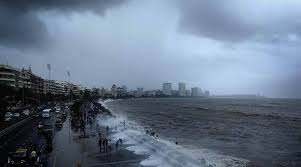
The visitors to beaches in Maharashtra have witnessed the spectacle of a fluorescent bluish glow when the waves hit the shoreline. Bioluminescence or light-emitting tide made an appearance on Juhu beach in Mumbai and Devgad, Velas and Murud along the state’s coastline.
Daily Current Affairs Quiz 2020
Key-Points
The phenomenon is called ‘blue tide’, and appears when luminescent marine life make the sea appear a deep shade of blue.
The spectacle occurs when phytoplankton (microscopic marine plants), commonly known as dinoflagellates, produce light through chemical reactions in proteins. Waves disturb these unicellular microorganisms and make them release blue light.
Bioluminescence is the property of a living organism to produce and emit light. Animals, plants, fungi and bacteria show bioluminescence.
A remarkable diversity of marine animals and microbes are able to produce their own light. It is found in many marine organisms such as bacteria, algae, jellyfish, worms, crustaceans, sea stars, fish and sharks.
Luminescence is generally higher in deep-living and planktonic organisms than in shallow species.
It is an anti-predatory response. Bioluminescence is assumed to startle predators, causing them to hesitate, in a form of predator intimidation.





